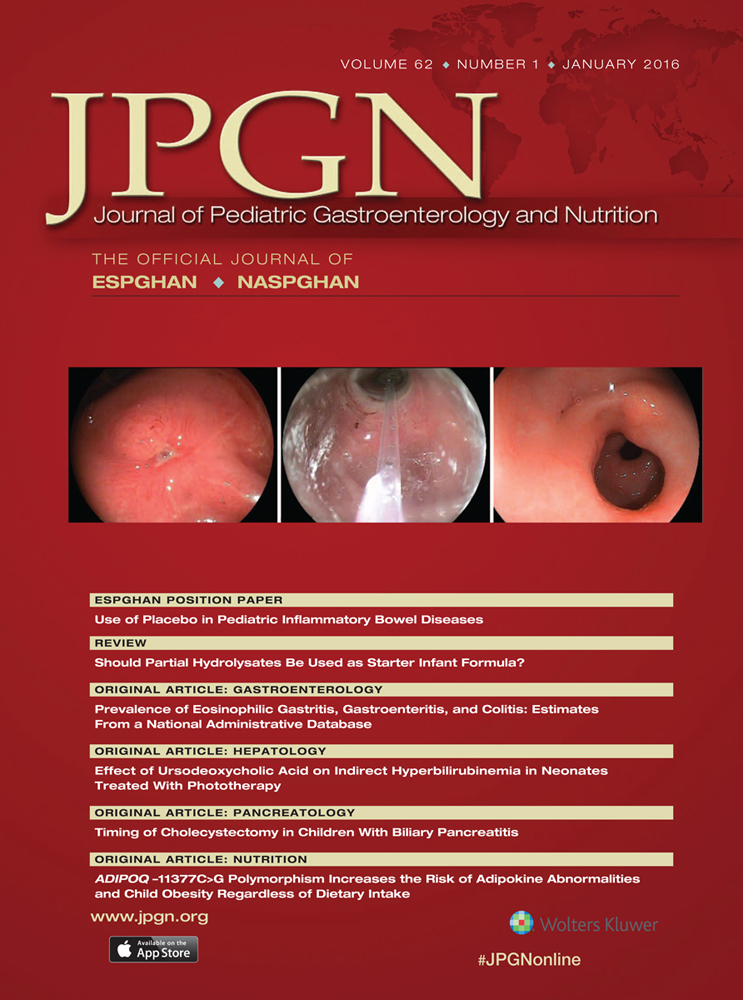Clinical Characteristics of 2 Groups of Children With Feeding Difficulties
http://www.anzctr.org.au registration numbers: ACTRN12611000942954 and ACTRN12611000722998.
This study was funded by the Queensland Children's Medical Research Institute, University of Queensland, and the Children's Health Queensland.
The authors report no conflicts of interest.
ABSTRACT
Objectives:
The primary aim of this study was to describe and compare the clinical characteristics of 2 groups of children presenting to a feeding clinic: children with autism spectrum disorder (ASD) and children with a nonmedically complex history (NMC). A secondary aim was to compare participants according to the degree of oral motor impairment, presence of oral hypersensitivity, and clinically significant parent stress.
Methods:
Children with feeding difficulties ages between 2 and 6 years were recruited. Prospective data were collected on dietary intake, general development, mealtime behaviors, oral motor skills, oral sensory processing, and parental stress via parent questionnaire and clinical assessment.
Results:
In total, 68 children (ASD = 33 and NMC = 35) participated in the study. Both groups presented with a large number of difficult mealtime behaviors. Although stress was elevated in both groups, parents of children in the ASD group reported significantly higher stress levels than those with children in the NMC group (mean difference 27.3 on a percentile scale, 95% confidence interval [CI] 15.5–39.2, P < 0.01). Across both groups, the majority of children presented with mild-to-moderate oral motor impairments (ASD = 28, 85%; NMC = 28, 80%). Children with heightened oral sensory sensitivity consumed significantly fewer unprocessed fruits and vegetables (mean difference 3.3 foods, 95% CI 1.3–5.3, P < 0.01), and their parents reported a significantly greater frequency of difficult mealtime behaviors (mean difference 5.8 behaviors, 95% CI 3.4–8.1, P < 0.01).
Conclusions:
Features of feeding difficulty presented similarly across the ASD and NMC groups in this study. Oral motor impairment, oral sensory sensitivity, and parental stress should not be overlooked in the management of children with feeding difficulties, regardless of etiology.




